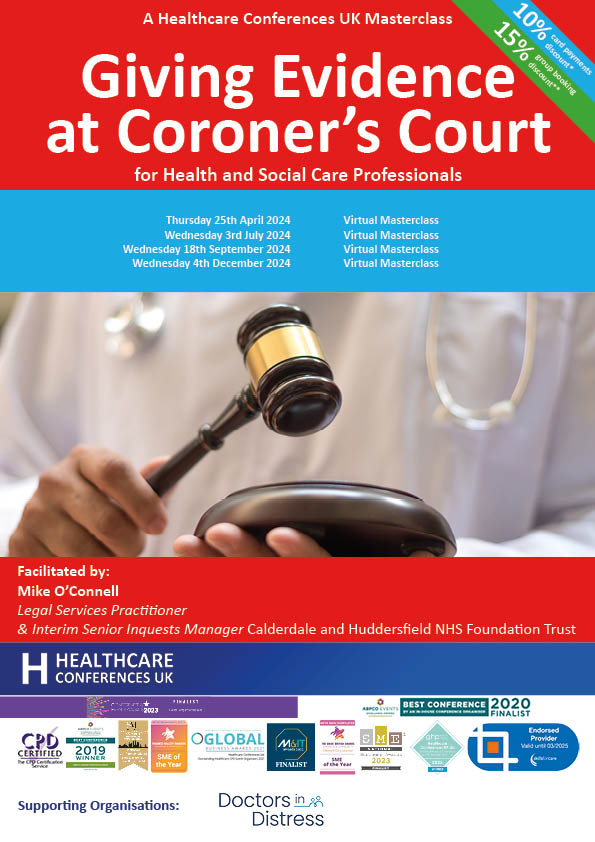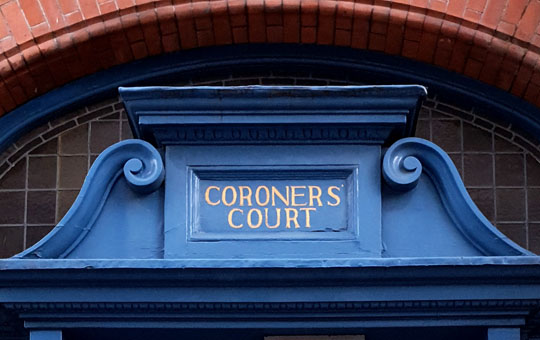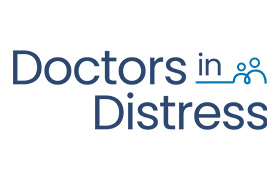This is a course for all healthcare staff who may have to give evidence at a coroner’s inquest, plus those who need to support them in such circumstances (including Heads of Clinical Service, Clinical Directors, Matrons, Clinical Governance Managers, Legal Services staff, and Patient Safety leads) and those who need to understand the importance and function of coroner’s inquests (including Medical Examiners, Legal Services staff, and staff working in Quality & Safety).
This one-day virtual or in-person course is designed to provide delegates with the key skills and knowledge required to be a confident and capable witness at a coroner’s inquest, to support colleagues who are required to do so, or to understand the importance and function of coroner’s inquests within the patient safety agenda.
The course will cover topics such as the role of the coroner, the purpose of an inquest, how to prepare witness statements, how to prepare for the inquest hearing itself, how to give factual witness evidence in court, and linking with patient safety investigations. The emphasis will be on practical understanding, aided by exercises in statement writing and giving evidence, delivered in a safe and supportive environment.
Reports in recent years (CQC, NHS Improvement, NHS Resolution have repeatedly called for additional support for staff involved in serious incidents, which may often include involvement in coronial processes.
This course provides such support in an interactive setting, with ample opportunities for questions and practical learning.
“Being involved in an inquest creates understandable anxiety. It can be an unpleasant experience, for both witnesses and family. It is reassuring to know that most witnesses feel that their anxiety was overstated when looked at after the event.”
Health Education England
Key Learning Points
Understanding the role of the Coroner
What is a Coroner’s inquest?
How to provide a good witness statement
Preparing yourself/your staff for an inquest
How an inquest works in practice
Giving effective evidence in court,
Prevention of Future Deaths reports, and links with patient safety incident investigations and other learning responses.






